Aoyagi Japanese Maple (Ukon) – 5 Gallon Pot
$188.85 Original price was: $188.85.$98.99Current price is: $98.99.
SKU: D2LSC 8081468570 Category: JAPANESE MAPLE TREES
- Buy quality, buy with us.
- Your Security is Our Promise
- Sustainable materials, for a better tomorrow.
- SSL encryption, absolutely safe shopping

Aoyagi Japanese Maple
Acer palmatum ‘Aoyagi’ a/k/a ‘Ukon’
Plant Details
USDA Plant Hardiness Zones: 5a-9a Find Your Zone
Height at Maturity: 10-12′ at 10 years of age; 15-20′ at maturity
Width at Maturity: 6-7′ at 10 years of age; 8-12′ at maturity
Growth Habit / Form: Upright
Growth Rate: Moderate – 12-15″ per year
Foliage Color in Spring: Chartreuse
Foliage Color in Summer: Bright Green
Foliage Color in Fall: Brilliant Golden Yellow
Light Needs: Full Sun or Mostly Sun, Morning Sun with Dappled or Afternoon Shade, All Day Filtered Sun, Morning Shade with Evening Sun
Water Needs: Average, moderately drought tolerant when established
Soil Type: Clay (amend heavy clay to ensure good drainage), Loam, Sandy, Silt
Drainage: Moist But Well Drained – Well drained soil is a must!
Soil pH: 5.0 – 7.0 is ideal
Maintenance: Low
Resistances: Deer, Insect, Disease, Sun Tolerant
Description
If subtle beauty is your thing look no further than the Aoyagi Japanese Maple, also known as Ukon. This counterpart to the coral bark maple features rich pea green bark that contrasts beautifully with the bright chartreuse leaves in spring that turn to bright green in summer and finally to a brilliant golden-yellow in fall. As with its coral and yellow bark cousins, the handsome pea green bark color on the trunk, branches and stems intensifies during the cool season to bring unique and attractive color to the landscape during the winter months. Ease in growing, good sun tolerance and year round color makes Aoyagi a fine selection that won’t disappoint in the landscape or in pots, planters and other containers.
Landscape & Garden Uses
To showcase its magnificence and beauty, the Aoyagi Japanese Maple is best used as a focal point specimen to draw attention to a specific area of the home or landscape. That said, you can plant them in groupings of three or plant one on both sides of an entryway to accentuate the entrance. Container culture can extend the useful range of Japanese Maples. They are extremely easy to grow in containers, a practice taken to its most extreme form in the art of bonsai.
Note: One Japanese Maple can make a landscape…that is if you don’t overcrowd it with other trees and plants. Therefore, when selecting companions to plant under or around your Japanese Maple, make sure to select low-growing shrubs or groundcover plants that won’t interfere with or overcrowd your tree.
Growing Preferences
Though delicate looking, Japanese Maples are actually very tough and long-lived trees. They are very easy to grow.
In their natural habitat, Japanese Maples are understory trees, growing in dappled forest sunlight at the edges of woodlands. Ideally they prefer to be grown in similar conditions. That said, you can find a complete listing of our sun-tolerant Japanese Maple varieties here, of which Aoyagi is one.
Most any average garden soil will grow Japanese Maples. They prefer a moist but well-drained soil rich in organic matter. As with so many other ornamental plants and trees, constantly soggy or wet soil can be problematic. So make sure to plant your Japanese Maple in a well-drained site.
Helpful Articles
Click on a link below to find helpful advice from our experts on how to plant and care for Japanese Maple trees.
How To Plant A Japanese Maple Tree In The Ground
How to Plant A Japanese Maple Tree In A Pot
How To Fertilize And Water A Japanese Maple Tree
How To Prune A Japanese Maple
Plant Long & Prosper!
Meet The Wilson Brothers & Staff
Questions? Contact Us!
Be the first to review “Aoyagi Japanese Maple (Ukon) – 5 Gallon Pot” Cancel reply
Related products
Sale!
JAPANESE MAPLE TREES
Sale!
JAPANESE MAPLE TREES
Sale!
JAPANESE MAPLE TREES
Sale!
JAPANESE MAPLE TREES
Twombly’s Red Sentinel Japanese Maple – 2 Gallon Pot (2.5-3′)
Sale!
JAPANESE MAPLE TREES
Sale!
JAPANESE MAPLE TREES
Sale!
JAPANESE MAPLE TREES
Sale!
JAPANESE MAPLE TREES


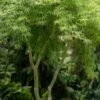


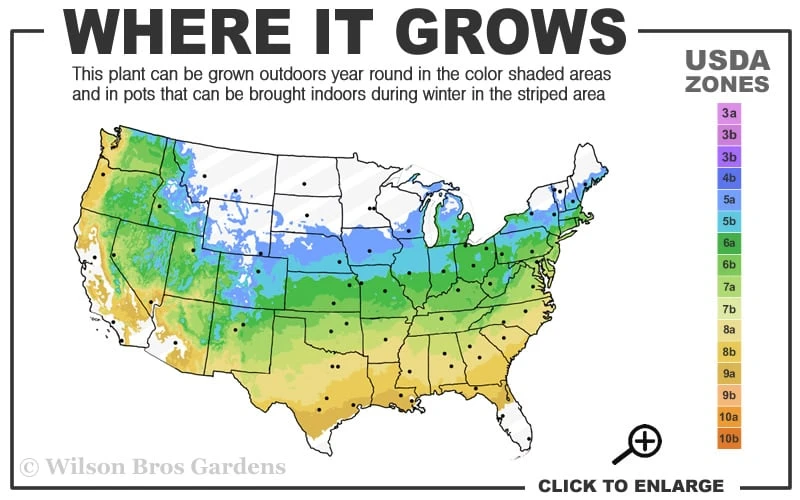


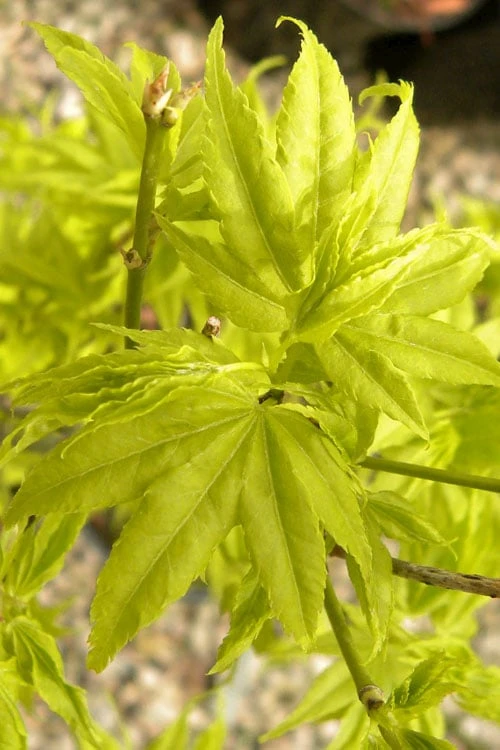
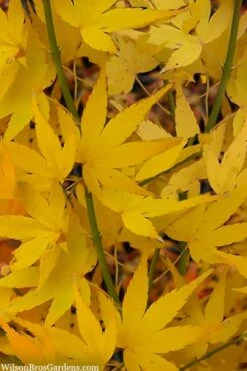
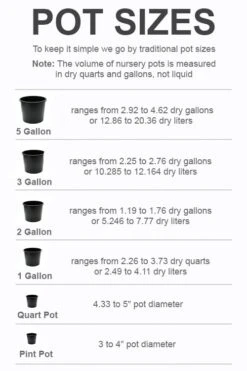
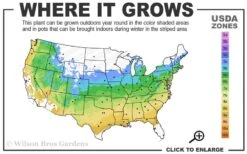

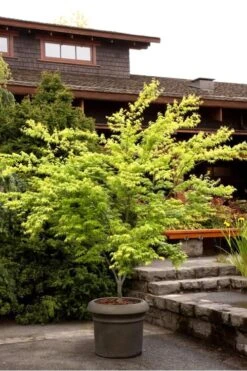

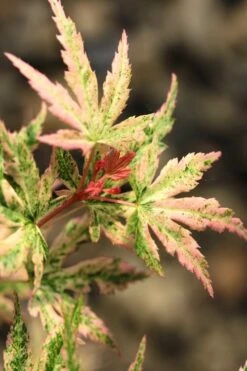
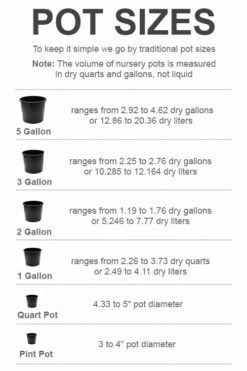
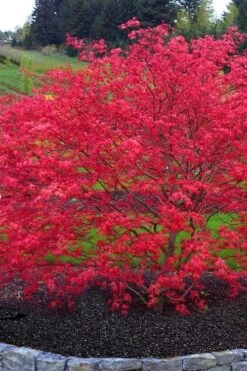
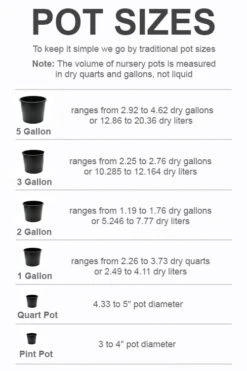

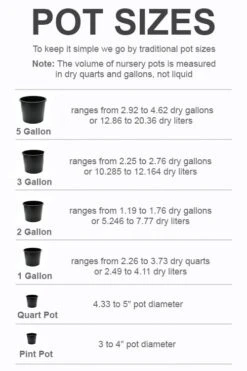

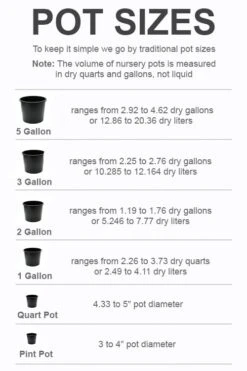
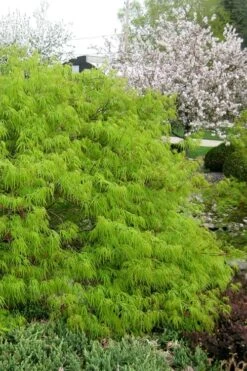
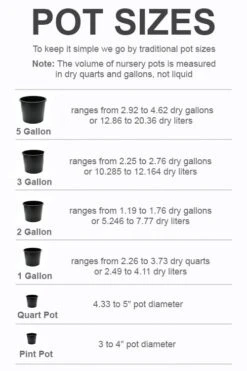
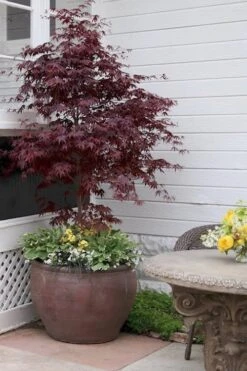



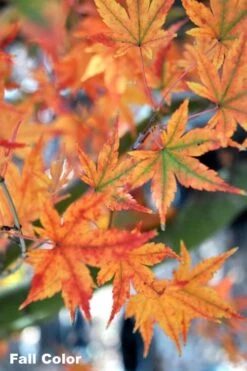
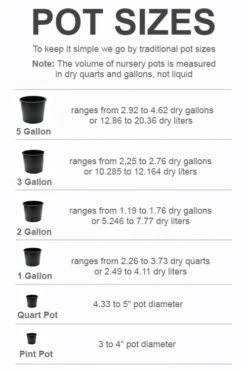
Reviews
There are no reviews yet.